You got it twisted if you think beatmatching isn’t important. The Sync button won’t cut it. There’s an ongoing debate whether DJs need to learn how to beatmatch by ear. In our industry experience, it is 100% necessary!
Auto beatmatching acts as excellent training wheels, but DJs need to go manual mode to perform in rougher terrain. Keep reading to find out all about the art of BeatMatching. We’ll cover A-to-Z, so you walk away knowing how to beatmatch like a champ.
What You’ll Need for This to Follow this Beatmatching Tutorial
Beatmatching requires specific gear to make it happen. Here is a list of what you’ll need below:
- Two digital controllers or two vinyl players
- A 2-channel mixer with crossfader
- Two preselected songs with BPM around 120
- DJing software or USB thumb drive with preloaded songs – if using a digital controller
- Two Vinyl records – if using vinyl players
- Two monitor speakers to output the sound
- Headphones to practice beat matching during live performances
What is Beatmatching?

DJing is synonymous with the term ‘mixing’ because it involves combining two songs that output the harmonious music you hear. Each song has a unique speed called tempo. If each song’s tempo doesn’t match up, the musical elements won’t mesh – and it will sound like complete rubbish.
A song’s tempo calculates in BPM (beats per minute). A beat is a timed increment based on the song’s speed. You know what a beat is if you’ve ever tapped your toe to the rhythm of your favorite track. Beatmatching is slowing or speeding up one song’s tempo to match the other song.
The traditional way to beat-match is by adjusting the tempo slider, AKA pitch slider, on one music deck until both tempos match up. DJs can engage a beat sync feature on digital decks that beat matches automatically—more on why the sync feature isn’t foolproof down below.
You’ll know beatmatching is happening when the two songs become almost indistinguishable. If the two songs don’t match up, the music won’t sound right. Your ears will be begging to make the pain stop. The most apparent symptom of this sonic illness is clashing snares and kicks drums. Beatmatching is simply not optional. So learn how to beatmatch!
Do I Really Need to Learn How to beatmatch by Ear?

Some DJs right now are thinking, “bruh, I don’t believe the sync button won’t work.” We get it’s useful and uber convenient, but there’s some tangible evidence as to why it’ll fail you at times.
Digital controllers electronically measure BPM in grids known in music theory as a “bar” or “Measure.” For example, four beats become one measure in many songs. The sync feature depends heavily on recognizing the beat grids of each song accurately.
Sometimes the sync mechanism can’t analyze the beat grid appropriately, rendering the function obsolete. Several genres are known to throw the sync algorithm for a loop.
This might be caused by incorrectly identifying primary beats on the track, if the track tempo changes, or with genres that don’t have a cohesive tempo throughout. To overcompensate, sometimes beat-sync will categorize the speed in half or double readings, especially on songs with unique percussion.
These are just a few well-documented examples of beat-sync failures. You don’t want to be mid mix in front of a large crowd when this happens. Take the power back and learn how to beat match manually.
Learning this incredible skill gives a DJ ultimate versatility. You can mix on any device and with any song. Knowing how to do it will bring you legitimacy in the DJing world.
At first, the process can be painstaking. After some good practice, It’ll become second nature. You’ll eventually have two tracks matched perfectly within a few short seconds.
Beat matching Track Selection Tips
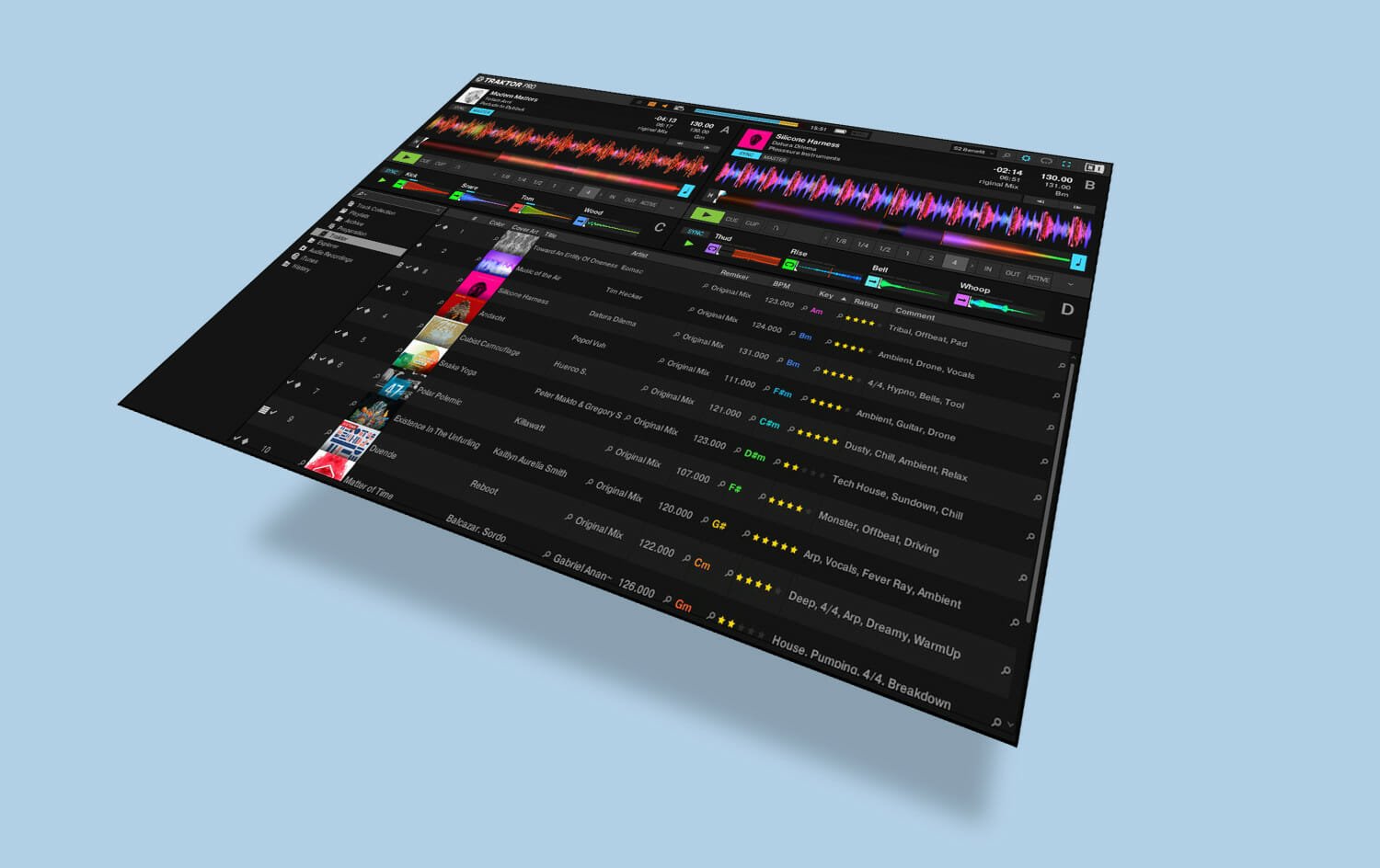
Now that you’ve realized beatmatching is a necessity, or at least humoring us, the first step of the process is practicing with simple songs. Just like if you learn a language, you’d start by practicing simple words and phrases. Well, in music, there are songs with simplistic tempos and beats.
Tracks with minimal elements are ideal. Ones that don’t have shifts, breaks, or long pauses in between. Songs with steady kick drum and snare hits are the best.
House music is excellent for this, as the genre is known for a constant stream of percussion instruments. Don’t try to mix songs from different genres in the beginning. Match the musical styles, and you’ll have better luck. House music typically has a BPM around 120, which will make beat matching easier (more about selecting a song’s BPM below.)
Make a 16-bar loop out of the first song you think will work. If looping isn’t an option, select a song that immediately begins without any build-up, so you can quickly scroll back to the beginning. Listen to it repeatedly and get a feel for the rhythm of the drums.
Next, select a different track that you think has a similar drumbeat. Listen to them back and forth and get a feel of their similarities and differences. Pay special attention to the kick drums, snare hits, high hats, and symbols. Training your ear to distinguish the elements used for beatmatching is critical.
How to Pick Tracks with Similar BPM to Beat match
Moving further into this How to beatmatch guide, selecting songs with an appropriate BPM is the next step. You can, for sure, mix two songs of wildly different genres and BPMs, but it’s complicated. It’s best to keep things straightforward for now.
Find two tracks that are within 5 BPM of each other. Anything over that will be way more challenging to match. In our opinion, records with a moderate BPM of 120 to 130 are the easiest. Super-fast BPMs of 165-175, or super-slow BPMs of 80 to 90, will bring added headache when just starting.
Don’t select two tracks with the same BPM! That defeats the purpose of learning how to beatmatch and makes things too easy. Give yourself a challenge.
Most digital players will display a track’s BPM, but if you are doing things old school, you can quickly surmise any song’s BPM. Count the song’s beats for 10 seconds and times that number by 6. Walla! You’ve calculated the song’s BPM.
Track A, the one you’ll use as a reference to beatmatch, should have a higher BPM than track B. Music always sounds a lot better in mixing when you speed the tempo up, and not slow it down. For example, if track A’s BPM is 125, you’ll want to choose a track B with a BPM of 120 or 123.
How to Beatmatch by Ear Snappily & Accurately
You’re now in the thick of it. Track A is playing for the world to hear, with track B cued on the other channel ready to beatmatch. You are ancy to get the mixing magic going. So, now what? Here are some tips and techniques to beatmatch quickly, without delay.
Step 1 – Change Pitch Slider Range
Every tempo slider, a.k.a. pitch slider adjusts the tempo in selectable ranges. Many have preset ranges of +/- 8, 12, or 50%. +/- 8 % is ideal, as it’ll allow small shifts in songs with close range BPMs.
Step 2 – Prepare Musical Phrases
A musical phrase is a group of notes in a song that can be looped or played like an entire song. Phrases help DJs beatmatch. They cue where to start mixing the songs during playback. Listen to Track A and B carefully to recognize the musical phrases.
Adding a Cue point will bookmark the musical phrases. To make it easier on yourself, you can always use the start of the song to practice.
Step 3 – Match the Track’s Musical Phrases
Wait until the beginning beat of Track A’s musical phrase and start playing Track B’s musical phrase. Each song’s musical phrase begins at the same time together, which will avoid confusing your ears and make the two songs easier to sync.
During live performances, you can play Track B through your headphones until the beat matches, then cue it into the live mix with the channel fader.
Step 4 – Adjust Pitch Slider
Now that the two tracks are playing, you’ll soon hear them move out of sync. As we previously recommended, Track A should have a faster tempo than track B. You’ll want to increase the speed of track B to match.
Move the pitch slider, located next to the vinyl or jog wheel, a little at a time until the separate tempos match. You’ll know when the speeds match because the percussion will hit at the same time. Depending on how much the tempo varies, it will determine how much you’ll have to adjust the pitch slider.
Two songs with a larger tempo difference will move out of sync quickly. Two songs with a smaller tempo change will move or sync slower. Start with a tiny amount and go from there.
Step 5 – Nudge Track B Back into Sync
The two tracks have the same tempo now. Yippie! But now their musical phrases don’t match up. To get the best mix, you’ll need to fix this. You can re-sync the musical phrases together by “nudging” track B.
Nudging is the process of pushing the song back or forward a little in playback. You can do this by pushing the vinyl record or jog wheel forward or backward with your finger.
Just a little bit of pressure does the trick. Nudge the track forward slightly and listen to see if the beat lines up better. If it doesn’t, push it backward. Do this until you’ve synced the two back together.
You’ll need to nudge the track sporadically, as the song might slip out of sync – and then adjust the pitch slider accordingly.
Step 6 – Rinse and Repeat!
Every song you cue has to be beat-matched from here on out. You’re going to do it so much it’ll become rooted deep in your muscle memory. Follow these steps, again and again, to get the process down ironclad.
To make things quicker, prepare a setlist with preselected songs based on their BPM and musical phrases. That’s how professional DJs practice their craft. Now you’re really on your way to learning how to beatmatch!
Developing Beatmatch Consistency – Practice, Practice, Practice!
So, you successfully beatmatched two songs, but you ain’t done yet, son. You gotta put in work to get your beatmatching tight.
You have to stay on red alert during the mix and listen for signs that the tracks are slipping out of sync. Hearing the two songs moving in and out of sync is a skill that takes time to develop and refine. Listen to the snares and kicks; they’ll lead your way back to homeostasis.
This run-down is a simple example. Things get much more complex and hit you on the fly. Once you go live in front of a crowd, external variables slap you upside the face. They’re hard to deal with.
Different styles of music, the volume of the monitor speakers, the different club gear, cheering fans, and all the flashing lights are going to throw a wrench into your beat matching. The only way to become one with the chaos is by getting the process down pat.
Things inevitably are going to go wrong. It’s the nature of life. Don’t think of it as pessimism, think of it as realism. Songs are going to suddenly shift out of sync, and you’ll need to perform on your feet. Practice is the only way to prepare and act.
Beatmatch! Avoid using Sync!

Congratulations! You’ve now perfected beatmatching (we hope.) You’ve tested your level of skill and know how to beatmatch even better than the sync function.
Speaking of which… don’t you dare start hitting the sync button now! It’s a slippery slope, my friend. If you don’t keep your beatmatching up to snuff, you’ll falter when it’s time to do tha damn thang.
It’s easy to become complacent and rely on sync until things go wrong. It does save time and mental horsepower, that’s for sure. Like we talked about before, the tempo is going to slip, and you will have to stay vigilant.
Sync stifles your creativity. The real hard-hitting tunes have shifting tempos. Sync won’t be able to keep up at those moments. No robotic mechanism can replace the human brain’s intuitive reaction time.
It’s like putting a Tesla car into automatic drive mode. It’s okay for a few moments while you grab something or need to reposition yourself, but you wouldn’t want to trust it for extended periods.
Don’t give in to temptation. Stay on target by avoiding the sync button. Stick with knowing how to beatmatch.
How to Beatmatch on a DJ Controller
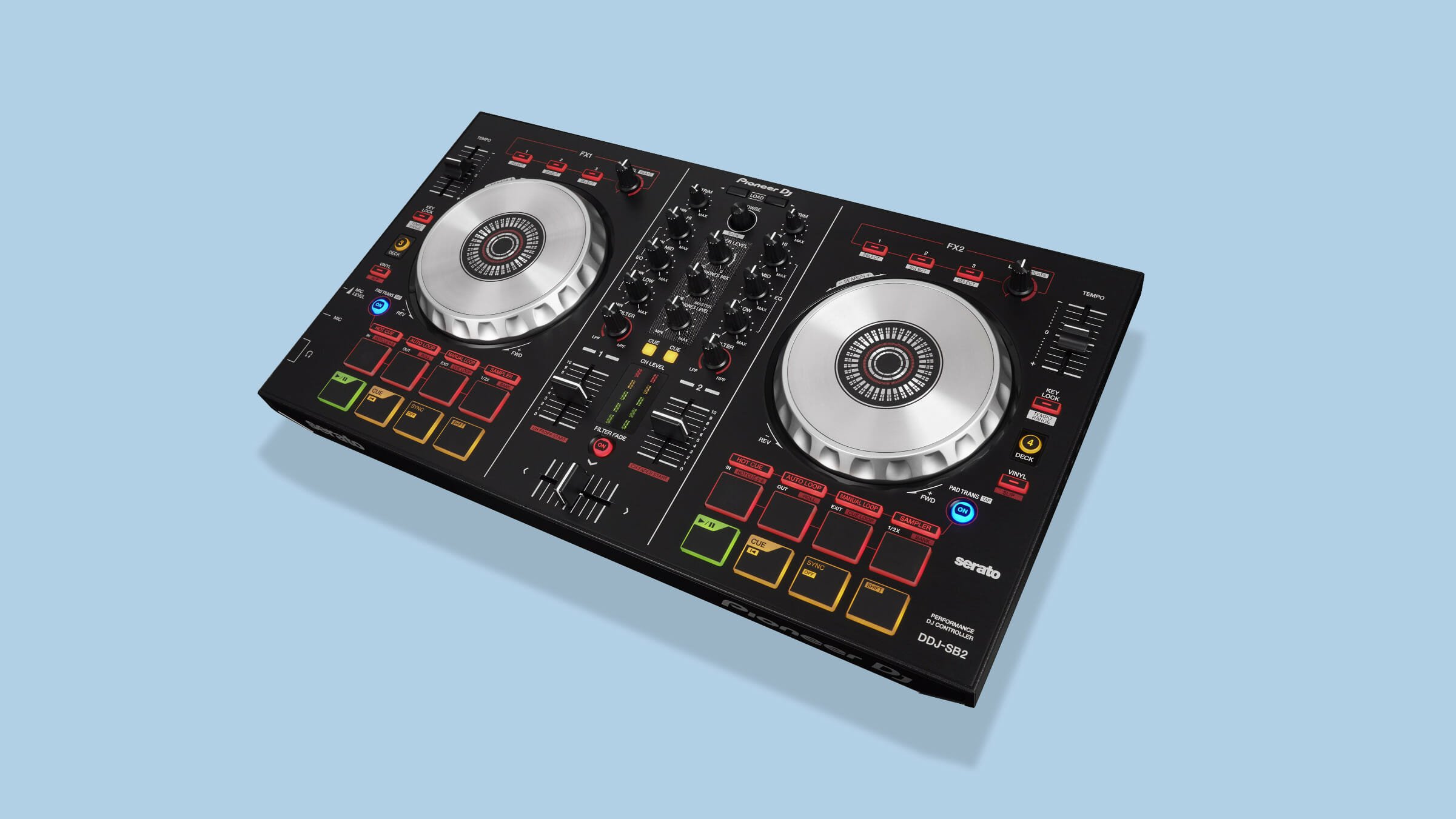
A DJ controller is a music deck that plays from a digital source. They’re usually integrated into a computer via USB and play from a software. Some models play digital sources on-board, through internal memory or USB thumb drive.
Both analog players and digital controllers have pitch sliders. So, you’ll slow or speed the tempo in the same way. Nudging the track into position is a different matter.
A lot of DJs prefer to beatmatch on vinyl because the plate offers optimal surface area and ideal tension. DJ controllers have jog wheels that mimic a turntable’s function, but with less space and pressure for a DJ’s hand. You’ll have to adjust your nudging technique on a Jog wheel. Use less force and fewer fingers.
Some controllers are innovating their components to feel just like vinyl. Ones with larger jog wheels and haptic feedback built-in. Some DJs may argue you can never replicate a vinyl’s feel.
Beatmatching is made easier on a beginner DJ controller with the BPM counter and waveform view. The DJing software or controller will show each song’s BPM, so you’ll know how you need to adjust the track’s tempo to match.
The waveform is the actual wave of the song, showing the pulses of the beat. Most DJing software will show each song’s waveform stacked. DJs can see the beat match up. Massive drum hits register loud and clear in waveform and are excellent markers for matching the songs up.
How to Beatmatch on Vinyl

Beatmatching on vinyl is tricky, but that’s why it’s worth it. If you can do it, you are worth your salt as a DJ.
Vinyl may work better for nudging tracks, but it lacks the BPM counter or waveform to expedite the process. DJs have to feel the BPM move into sync. You can try and calculate BPM and apply it, but you’ll have better luck if you use your gut.
Here are some steps that’ll help:
- Beatmatch the same song to start. Feel how to nudge a track into place before moving onto tempo. Some DJs like to pinch the middle of the vinyl disc and spin it a little bit.
- Use two songs from the same record to tempo adjust. Usually, house artists use consistent BPMs throughout their songs.
- Locate the first beat of a musical phrase on each track.
- Play both tracks on the first beat of their musical phrase and tempo adjust Track B.
- If you aren’t able to manually match tempo, look up or calculate the track’s BPM.
- Nudge the track into position.
- Move on to songs in the same genre from different artists.
- Use the ‘toe-tap’ method to find songs with similar BPM. If your toe taps at about the same pace on two songs, try beatmatching them.
It’s gratifying to learn how to beatmatch on vinyl. It means you’ve got music in your soul. Some DJs don’t even learn BPM; they feel the rhythm and go from there. Don’t get discouraged if it takes a while to do it. Eventually, you’ll find the groove.
How to Beatmatch on a Laptop
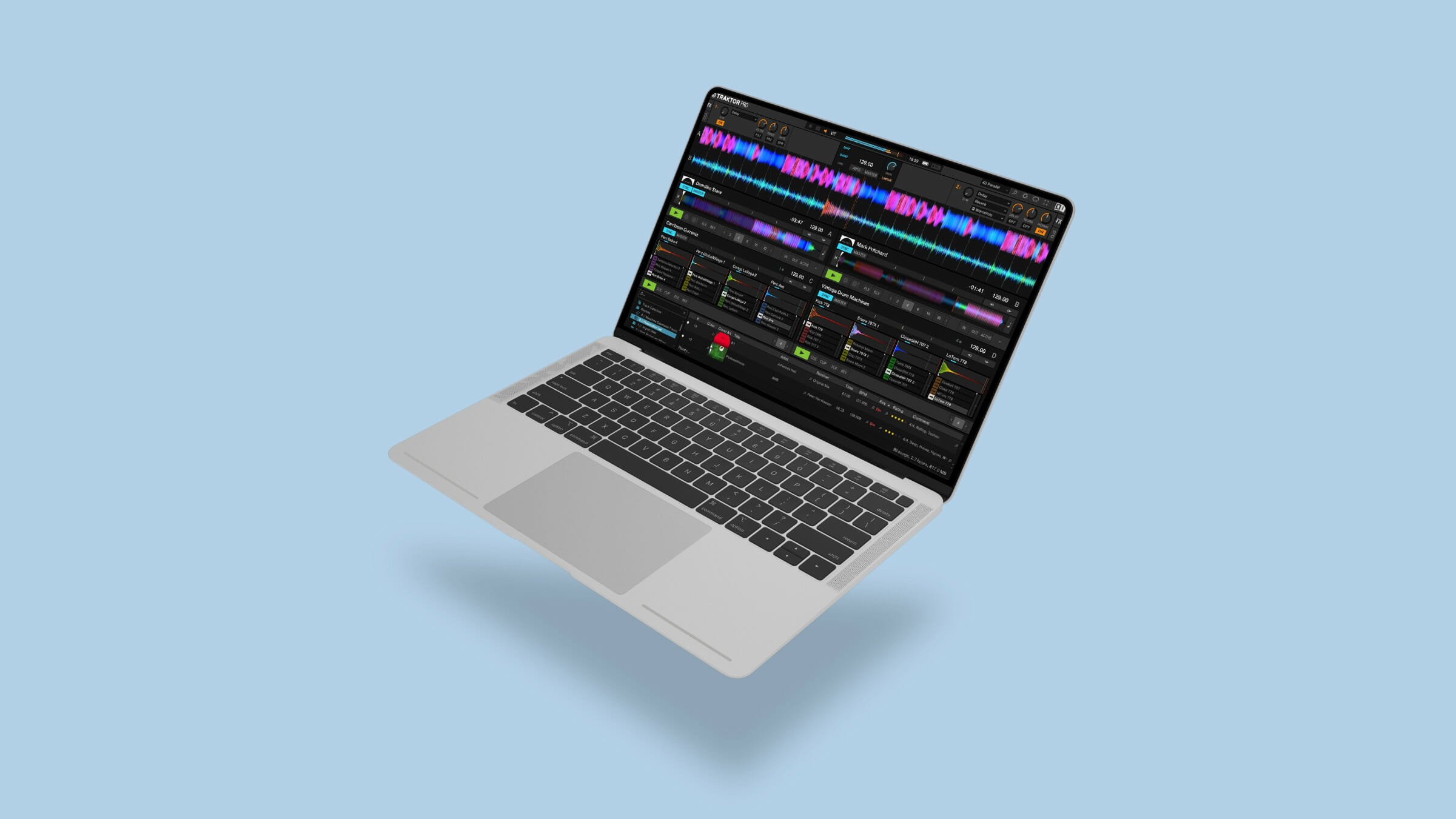
A DJ controller operates DJing software on a laptop. So, the computer is really where the beat matching takes place. DJs don’t even need to use the controller if they see fit.
Many people will think beatmatching on a laptop is the easiest. With all its visual tools, that might be true. As we discussed, the software might give you an incorrect BPM reading and mess things up. You might hear two tracks out of sync, but see them match up in the software.
We recommend using your ears and avoid the BPM counter or waveform. Be the blind-folded karate master reducing his enemies to smithereens without eyesight. Train your ears before you let your eyes do any of the work.
Do I Need Good Headphones for Beatmatching?
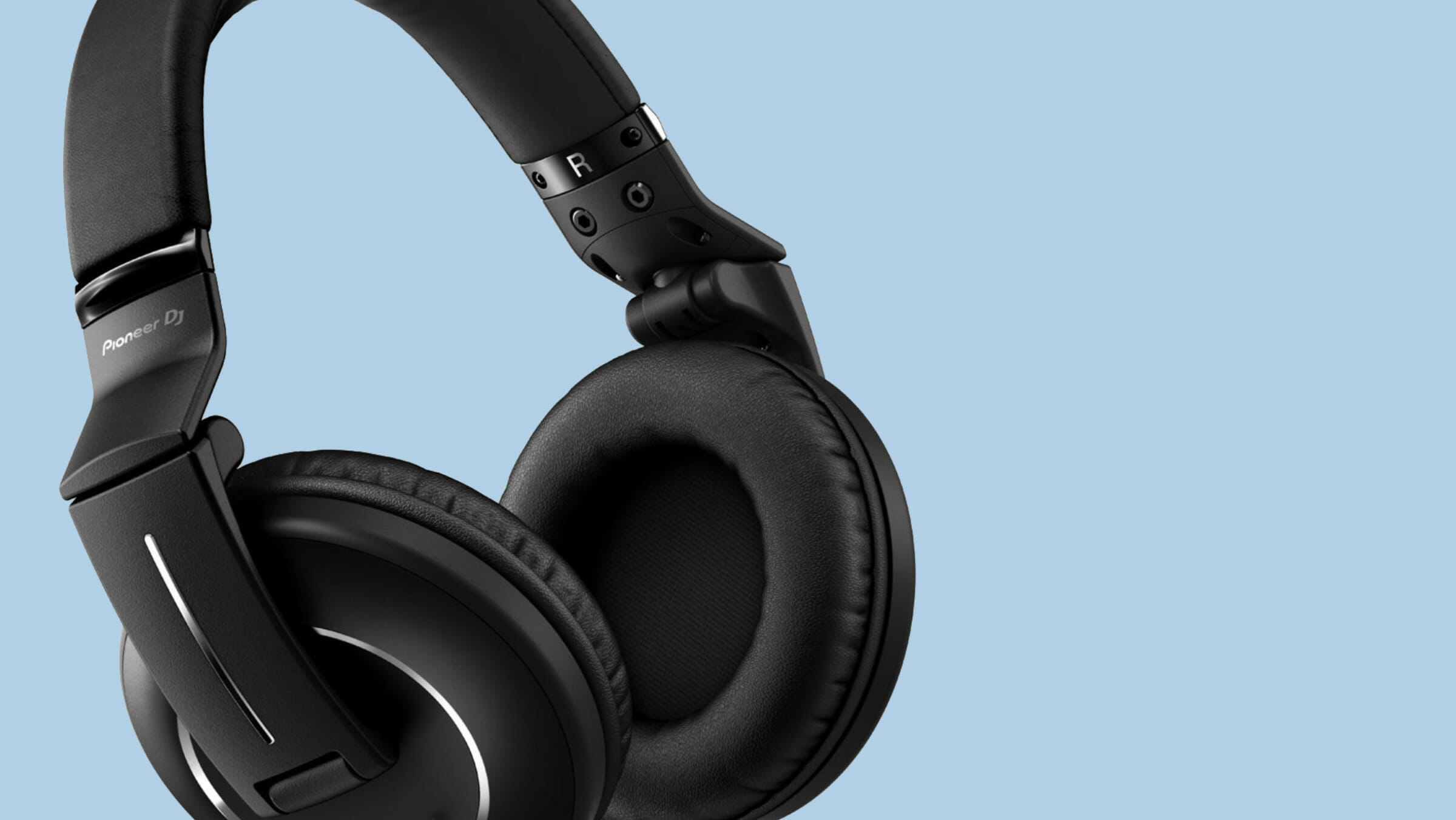
Beatmatching directly into the main monitors is fine while at home. If you have a live crowd, you’ll wanna keep the process out of the mix. The whole point of beat matching is to stun your listeners with your track syncs. That won’t happen if they hear the beat matching happening.
Headphones keep the wizard hidden behind the curtain. You’ll route track B into the headphones pre-fader, and complete the beat matching using Track A on the main mix.
It’s imperative to get a powerful set of headphones that can pump out decent amplitude. You’ll only have one ear free to listen to the headphones, while the other ear listens to the main mix. The extra amplitude will help a DJ hear the beat syncing.
Also, due to the Equal-loudness contour rule, the headphones should have accentuated treble. Treble is easier to distinguish at higher amplitudes, so the crisp hi hats and symbols will stand out. These auditory cues enhance the beatmatching process.
If you are wanting some great advice on what headphones you should be using, check out our best headphones review.
Do I Need Good Monitor Speakers for Beatmatching?
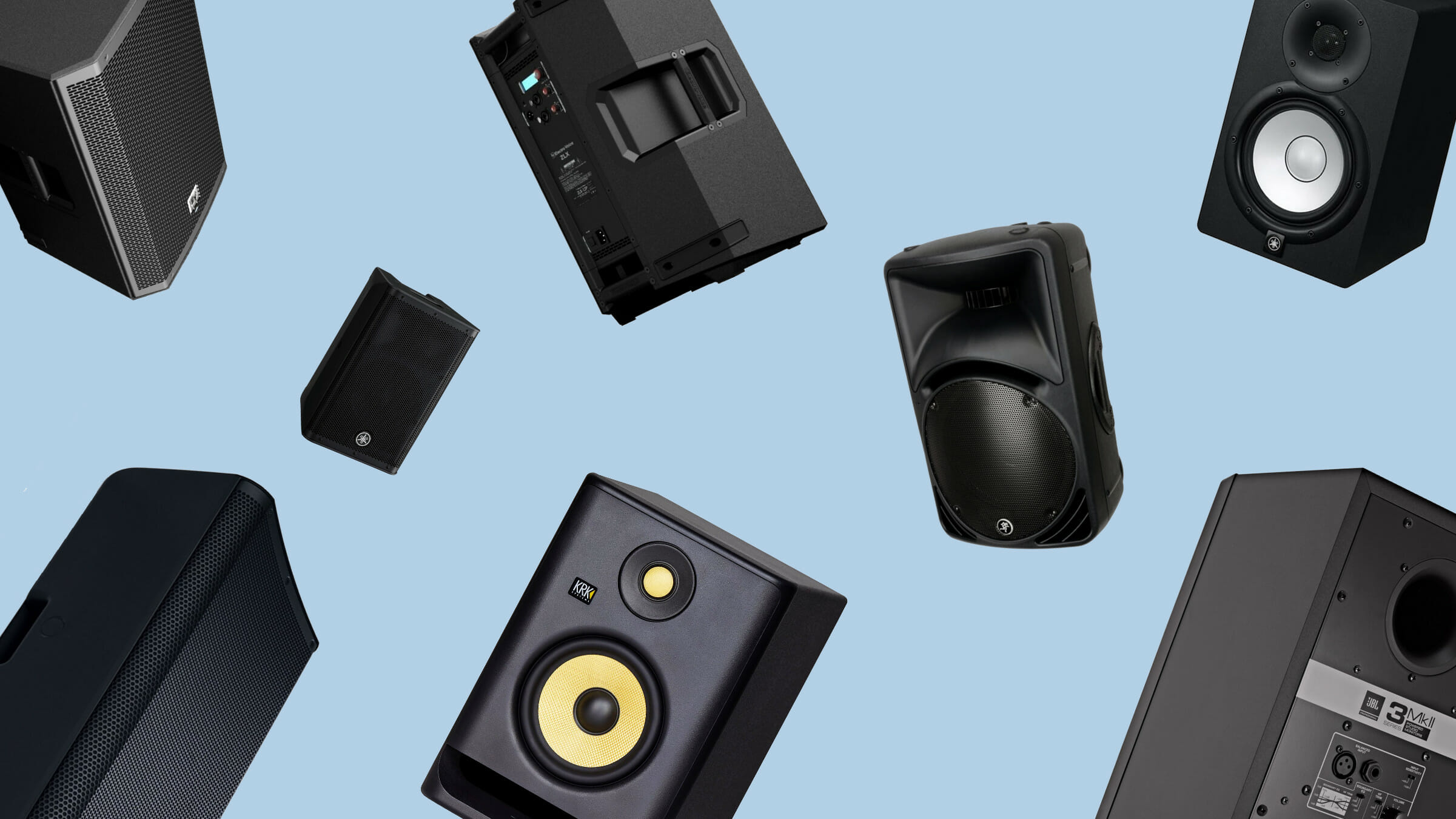
Half of the beat matching process uses the main monitors. So, you’ll want quality speakers. At higher amplitudes, some speakers tend to muddle the bass and shrill the treble, which will ruin your beat matching.
Play the speakers at a high volume and listen carefully to the musical elements. If the bass and kick drum have a sharp “thump,” rather than a dull “thud,” they’re suitable for beat matching. If the guitars, synths, and high hats seem like they’re fighting for attention, keep looking for a better set.
Likewise with speakers, if you are wanting some awesome information on what speakers check out our best speakers review.
Final Thoughts on How to Beatmatch

What do you think after reading the article … is learning to beatmatch necessary? We’d love to hear your thoughts in the comments below. If you found this tutorial useful, share it with all your friends and family!
One thing is clear, though, beat matching is a challenging skill to learn. The zeal of the craft is expressing your talent. Beatmatching shows you have a lot of it. If you want to call yourself a real DJ, you should learn how to beatmatch.




